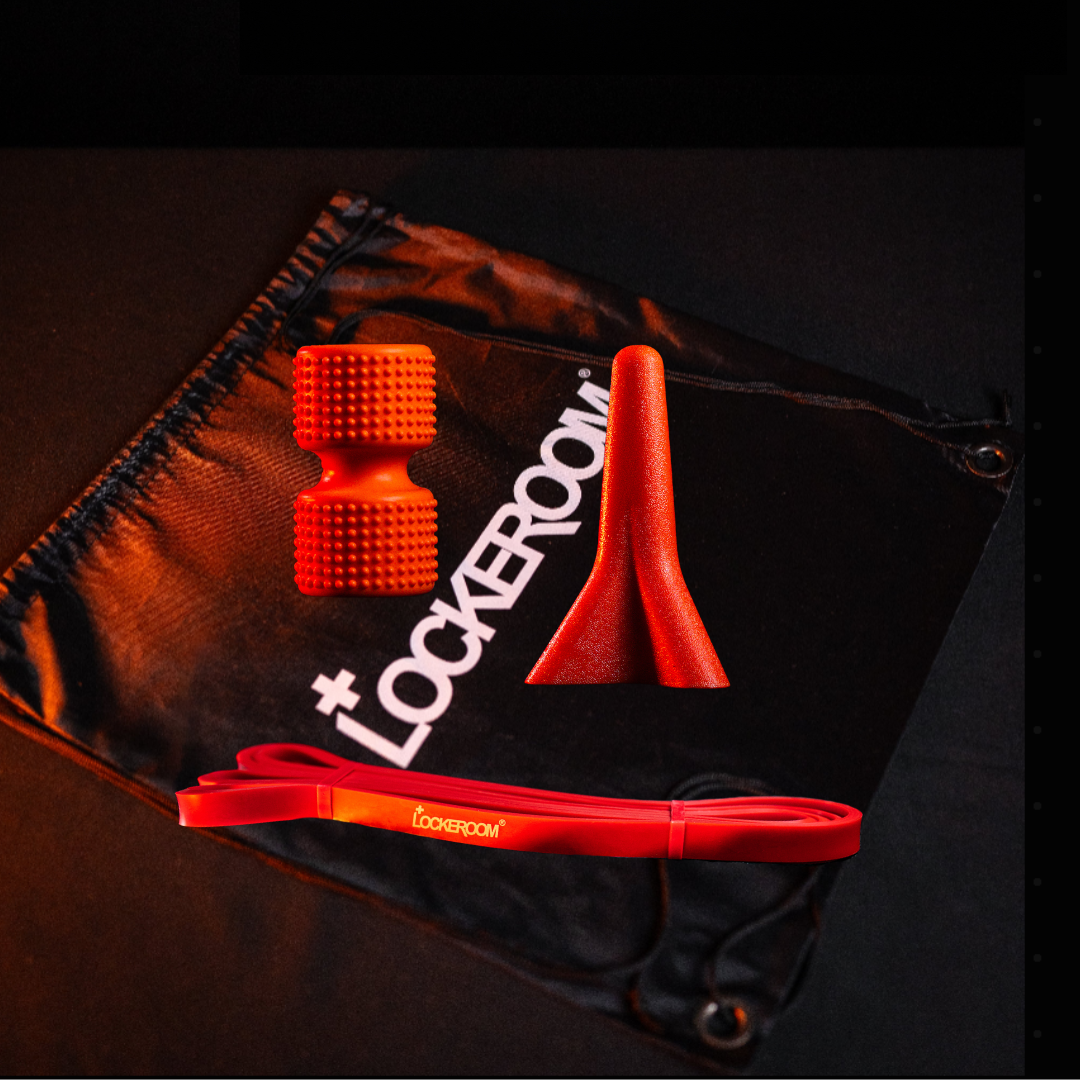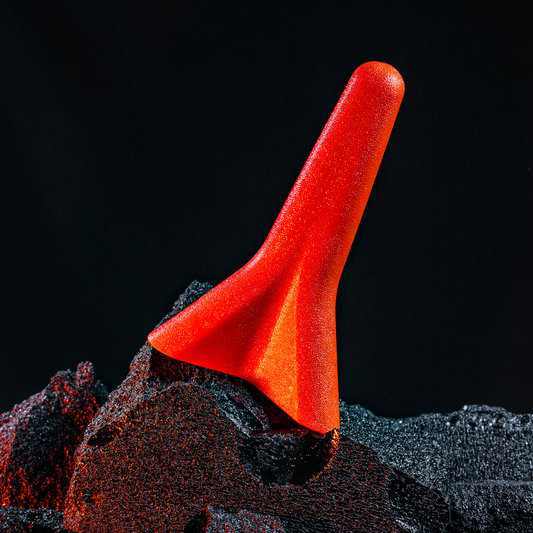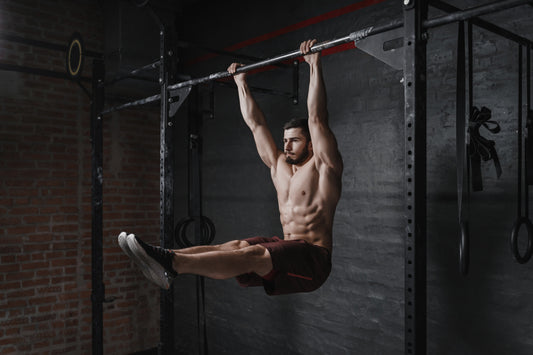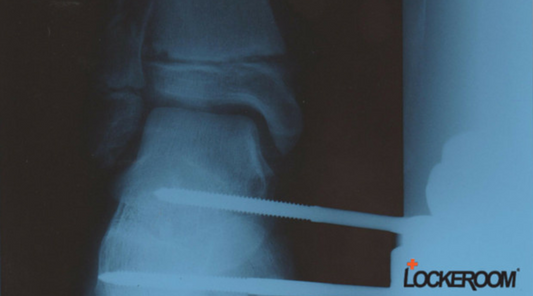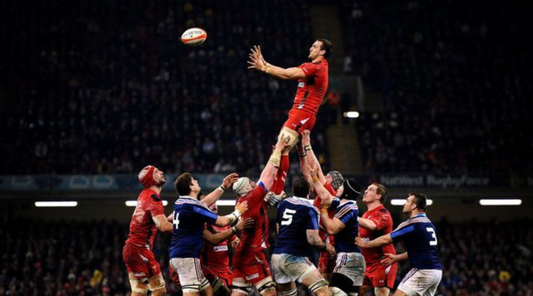
Q&A with Cam
Learn what might be behind your symptoms
What are the most common Pectoral Muscle problems that you treat in your clinic?
By far the most common reason that the Pectoral muscles are managed in a clinic are due to issues which occur as:
(i) part of poor upper body postural alignment or
(ii) as a result of technical issues in performance of your chosen activity or
(iii) as a result of just simple overuse ie exposure to over activity in training.
With postural issues our natural tendency in sitting is to slouch towards a desk/computer/phone.
If your technique in the pool, on the court,riding a bike, in the field with throwing is incorrect your pecs by the very nature of their strength, will dominate the movement pattern.
Going to the gym and simply doing too much chest work will cause dominance or overactivity in your pectoral muscles which means they will be tight and strong
As a consequence, tight and strong, or tight and weak pec muscle then affect our overall upper body movement patterns. They contribute to shoulder issues ( Impingements) , They play a part in some neck pain due to poor posture, they affect the interscapular muscles ability to function appropriately in contributing to shoulder movements due to dominance.
How do you manage these issues and how long does it take for things to improve?
Postural analysis by qualified practitioners of your individual anomalies can be important.
Essentially you need to lessen the tightness in your pecs. This will happen with triggering and stretching. Response times can be immediate ie you will feel better straight away, but it may take a few weeks longer of stretching and releasing to have a more permanent/longer lasting effect.
Technical analysis of optimal movement patterns relating to your sport and appropriate programming of exercise programs are essential to avoid injury, recover from injury and to assist in performance enhancement.
For postural issues: Improve Thoracic mobility, Trigger and Stretch your Pecs and Strengthen Interscapular muscles for improved control. Bracing or strapping can assist.
For technical issues: Release and stretch tight muscles, Work with your sports coach to improve your technique
For over training problems: Fix your program. Balance out your program.
Deal with your DOMS ( Delayed Onset Muscle Soreness) if you are new to the gym and get smarter about how you train.
What are the most common sports related Pec injuries and how are they managed?
Traumatic Pectoral injuries usually involve a forceful or explosive action. They can involve overloading which may occur during training when doing a bench press. Simply, the muscle does not cope with the load it’s being asked to move . In a contact sports situation injury may occur when attempting a tackle or grapple and your arm is forcefully pushed away. Normally this is a poor technical tackle resulting in a potential serious injury
Usually the injury sufferer feels an immediate pop and pain. Their shoulder movement will be weakened generally. Adduction and Internal rotation will cause pain. If the area can be examined, possibly a divot in the muscle belly will be evident.
The best course of action is to seek a diagnosis from a Doctor or Allied Health professional as soon as possible. Partial tears may involve Restriction of movement and then strengthening.
Full tear most commonly will require surgery.
How long does it take to get back to playing after one of these traumatic Injuries?
Unfortunately a tear of your pectoral muscle usually involves a lengthy layoff from sports participation including training.
How much time will depend upon the severity of the tear. Diagnosis is essential.
Complete ruptures with surgery - 6-9 months depending upon access to rehab services and time availability to perform rehab ie Professional v Amateur athlete.
Minor strains/ lesser grade tears may allow return to sport in 4-6 weeks.








